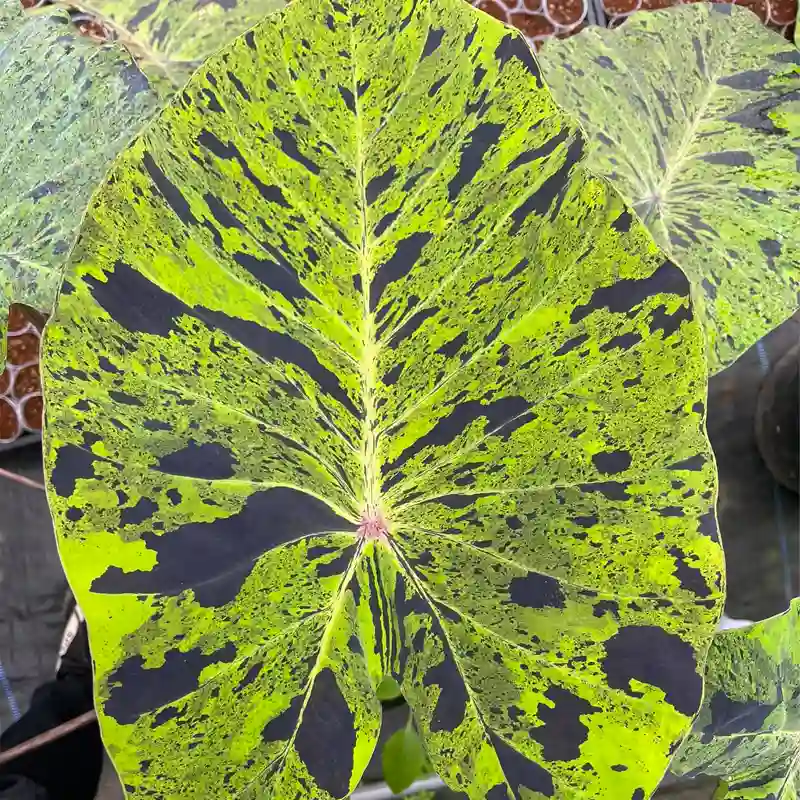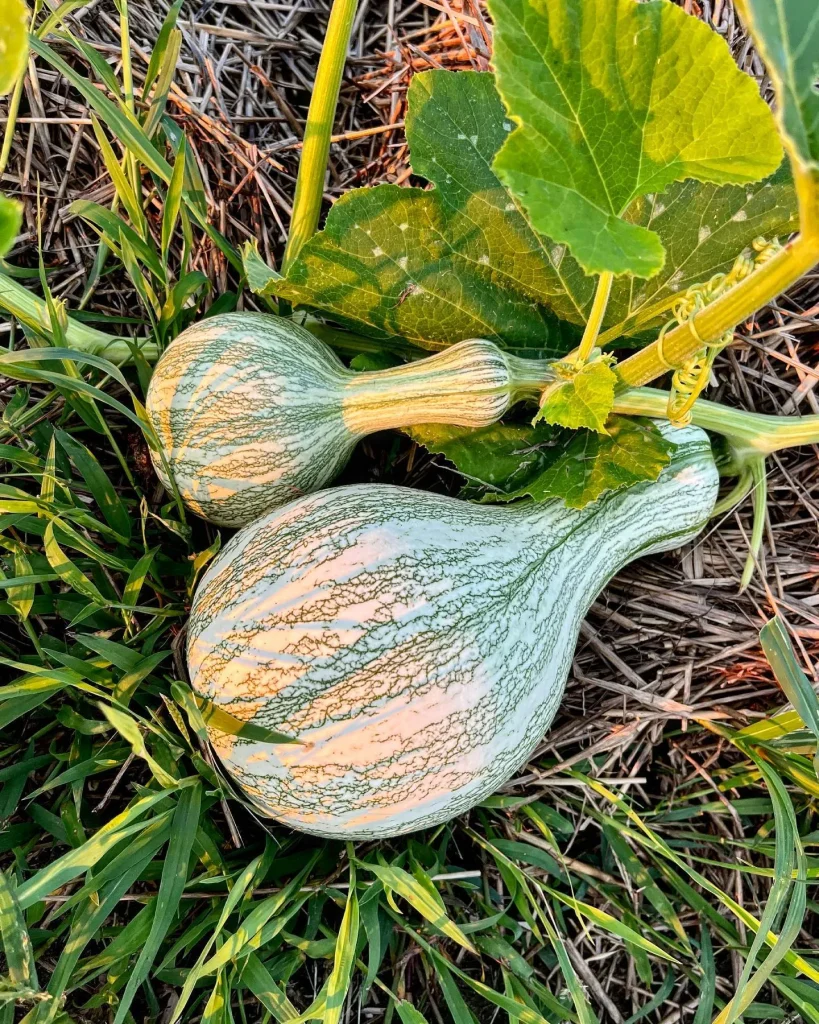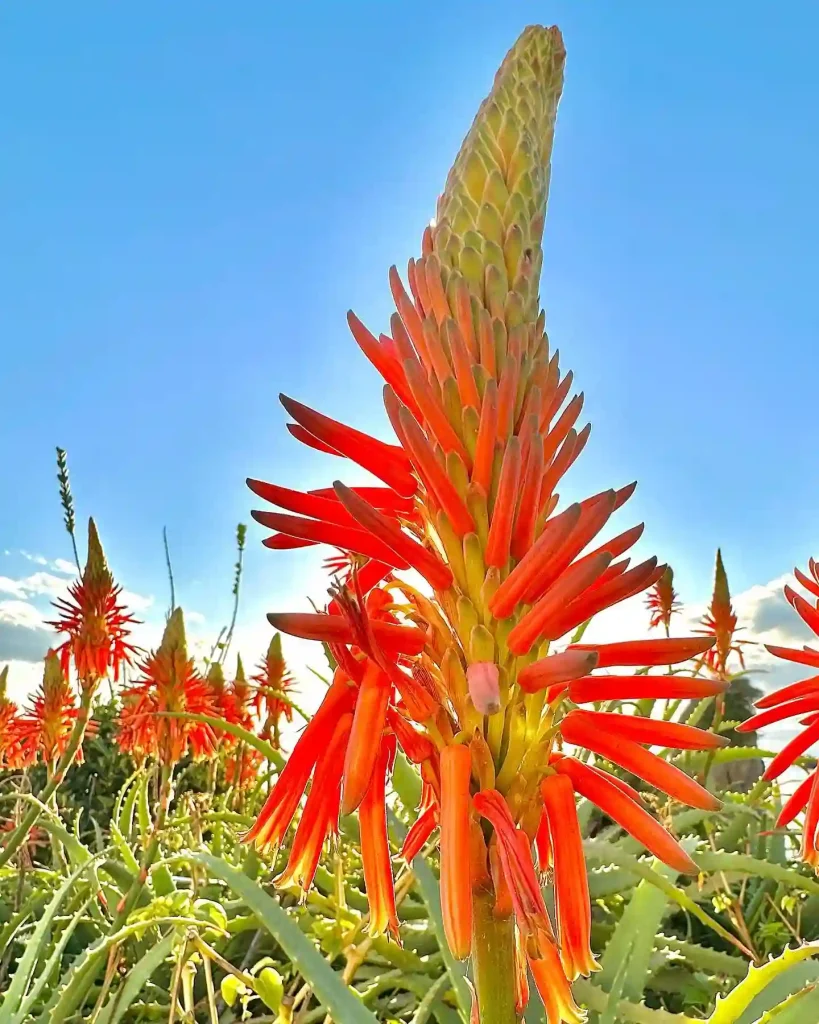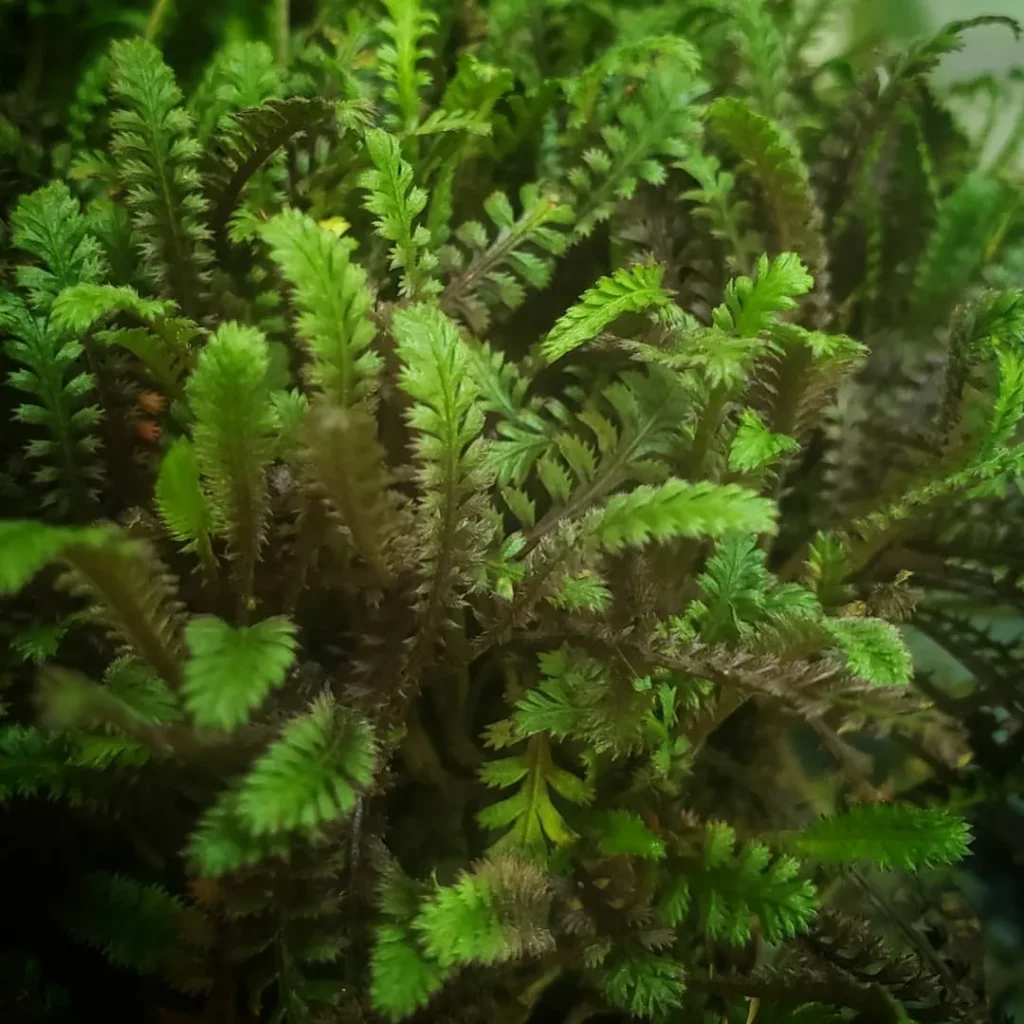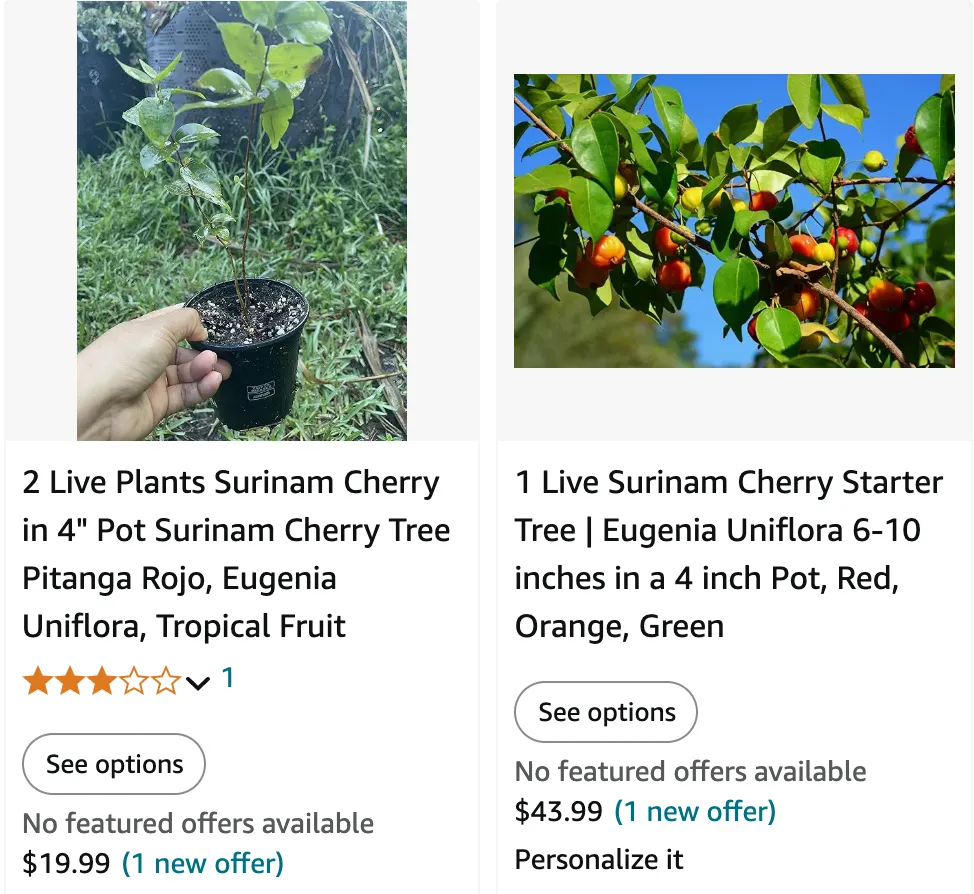
Frequently Asked Questions About Eugenia Uniflora
Eugenia Uniflora, commonly known as the Surinam Cherry, is a versatile and fascinating plant with a variety of uses and characteristics. As someone who has spent considerable time researching and growing this plant, I’ve encountered numerous questions about its properties, care, and uses. Here’s a comprehensive guide to some of the most frequently asked questions about Eugenia Uniflora.
1224 Species in Genus Eugenia
What Is Eugenia Uniflora?
Eugenia Uniflora, or Surinam Cherry, is a tropical fruit-bearing shrub or small tree native to South America. It’s known for its bright red or orange fruits, which are often used in jams, jellies, and desserts due to their unique, tangy flavor. The plant features glossy, dark green leaves and can grow up to 25 feet tall in its native environment, though it’s often kept smaller in cultivation.
How Do They Get Wood Flooring from Eugenia Uniflora Tree?
Eugenia Uniflora is not commonly known for its wood, but its timber can be used in specialized applications like wood flooring. The wood from Eugenia Uniflora is dense and durable, making it suitable for high-quality flooring. The process involves harvesting mature trees, processing the wood to remove bark and sap, and then drying it thoroughly to prevent warping. Once dried, the wood is cut into planks and finished for use as flooring. The result is a beautiful, exotic wood with unique grain patterns that add character to any space.
Eugenia Uniflora vs Syzygium Paniculatum
Eugenia Uniflora and Syzygium Paniculatum are often confused due to their similar appearances and botanical classifications. Eugenia Uniflora, as mentioned, is known for its fruit and ornamental value, while Syzygium Paniculatum, also known as the Small-leafed Brush Cherry, is primarily grown for its attractive foliage and use as a hedge or topiary plant.
Key Differences:
- Fruit: Eugenia Uniflora produces edible fruits, while Syzygium Paniculatum does not.
- Foliage: Syzygium Paniculatum often has smaller leaves and is used more for decorative purposes, whereas Eugenia Uniflora has larger, broader leaves.
- Growth Habit: Eugenia Uniflora tends to grow as a tree or shrub, while Syzygium Paniculatum is commonly used as a hedge or ornamental plant.
How to Care for Eugenia Uniflora?
Caring for Eugenia Uniflora involves understanding its tropical nature. Here are some tips to ensure it thrives:
- Sunlight: This plant loves full sun. Ensure it gets at least 6-8 hours of sunlight daily.
- Watering: Keep the soil consistently moist but not waterlogged. Water regularly, especially during dry periods.
- Soil: Use well-draining soil. A mix of potting soil and sand works well.
- Temperature: Eugenia Uniflora prefers warm temperatures and is not frost-tolerant. Protect it from cold winds and freezing temperatures.
- Pruning: Regular pruning helps maintain its shape and encourages new growth.
How to Propagate Eugenia Uniflora?
Propagation of Eugenia Uniflora can be done through seeds or cuttings:
- Seeds: Collect seeds from mature fruit. Clean and dry them before planting in a seed-starting mix. Keep the soil warm and moist until germination.
- Cuttings: Take semi-hardwood cuttings from healthy plants. Dip the cuttings in rooting hormone and plant them in a well-draining mix. Keep them in a humid environment until roots develop.
Can You Grow Eugenia Uniflora Indoors?
Growing Eugenia Uniflora indoors is possible but challenging. It requires a sunny spot, preferably near a south-facing window. Ensure adequate humidity and maintain temperatures above 60°F (15°C). Regularly check for pests and provide supplemental lighting if needed.
Is Eugenia Uniflora Toxic?
Eugenia Uniflora is not considered toxic to humans or pets. However, the fruit’s acidity might cause minor irritation if consumed in large quantities. Always ensure fruits are ripe and properly prepared before consumption.
What to Plant with Eugenia Uniflora?
Eugenia Uniflora pairs well with other tropical plants that thrive in similar conditions. Consider planting it alongside:
- Bird of Paradise: Adds a dramatic, tropical look.
- Hibiscus: Offers vibrant blooms that complement the glossy foliage of Eugenia Uniflora.
- Ferns: Provide a lush, green undergrowth that contrasts nicely with the plant’s structure.
Benefits of Growing Eugenia Uniflora
- Edible Fruit: The tangy, flavorful fruit can be used in various culinary applications.
- Ornamental Value: The plant’s glossy leaves and bright fruits make it an attractive addition to any garden.
- Wildlife Attraction: It can attract birds and insects, adding life to your garden.
Common Problems with Eugenia Uniflora
- Pests: Watch out for scale insects and spider mites, which can affect the plant’s health.
- Fungal Diseases: Ensure good air circulation and avoid overhead watering to prevent fungal issues.
- Frost Damage: Protect the plant from cold weather to avoid leaf drop and damage.
In conclusion, Eugenia Uniflora is a delightful plant with diverse uses and needs. Whether you’re growing it for its fruit, its beauty, or its wood, understanding its requirements will help you enjoy its many benefits. If you have any other questions about this fascinating plant, feel free to ask!
If i die, water my plants!
